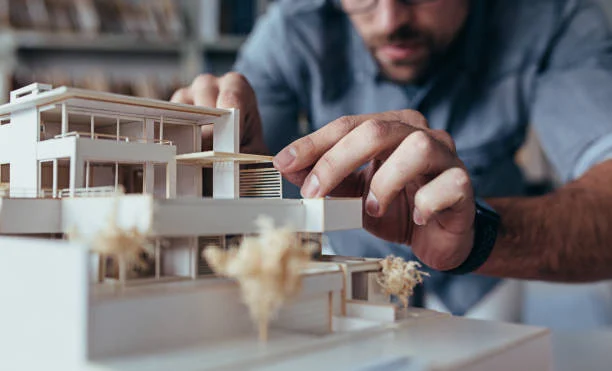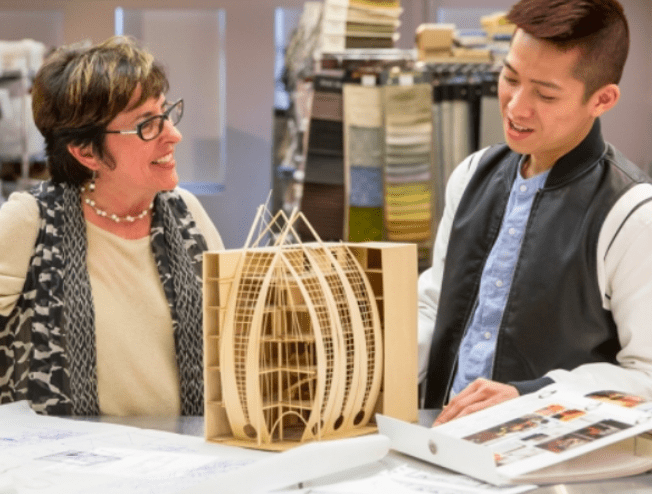In the realm of architecture representation, axonometric drawing emerges as a multidimensional marvel that transcends traditional two-dimensional sketches. This technique, with its unique blend of geometry and perspective, offers architects a powerful tool to communicate complex designs with unparalleled clarity.
Unveiling the Third Dimension Understanding Axonometric Drawing
Contents
- 1 Unveiling the Third Dimension Understanding Axonometric Drawing
- 2 The Geometry of Clarity Types of Axonometric Projections
- 3 Precision Personified Technical Accuracy in Axonometric Drawing
- 4 Blueprints Reimagined Axonometric Construction Drawings
- 5 Beyond Realism Creative Freedom in Axonometric Rendering
- 6 A New Angle on Presentation Axonometric Visualizations
- 7 The Digital Evolution Axonometric in the Digital Age
- 8 Designing for Impact Axonometric Urban Planning
- 9 Preserving Heritage Axonometric Historical Documentation
- 10 Axonometric Drawing Where Vision Meets Precision
At its core, axonometric architecture drawing is a method that brings the third dimension to the forefront. Unlike traditional perspective drawings that portray depth through diminishing sizes, axonometric drawings maintain consistent scale along each axis. This approach results in a strikingly clear representation where all sides of a structure are equally visible.
Read Also: The Simplicity and Elegance of Basic Architecture Drawing
The Geometry of Clarity Types of Axonometric Projections
Axonometric drawings come in various flavors, each offering a distinct perspective. Isometric projection, perhaps the most well-known, portrays objects without distortion along all three axes. Dimetric and trimetric projections, on the other hand, introduce variations in scale along the axes, providing flexibility in emphasizing specific aspects of a design.
Precision Personified Technical Accuracy in Axonometric Drawing
One of the defining traits of axonometric architecture drawing is its precision. By maintaining consistent measurements across all dimensions, architects can convey accurate spatial relationships without the distortion inherent in perspective drawings. This precision proves invaluable for conveying intricate details, making axonometric drawing an essential tool for design communication.
Blueprints Reimagined Axonometric Construction Drawings
In the realm of construction documentation, axonometric drawings offer a fresh perspective. These drawings transcend the limitations of flat floor plans and elevations, allowing architects and builders to visualize how different components interlock in three-dimensional space. Axonometric construction drawings simplify the translation of design intent into tangible structures.
Beyond Realism Creative Freedom in Axonometric Rendering
While axonometric drawing is often associated with technical accuracy, it’s also a canvas for creative expression. Architects can experiment with textures, shading, and coloring to imbue drawings with artistic flair. These renderings provide a balance between realism and abstraction, offering a glimpse into the architect’s vision while maintaining the structured integrity of axonometric representation.
A New Angle on Presentation Axonometric Visualizations
In presentations to clients or the public, axonometric visualizations stand out as effective communication tools. They bridge the gap between the intricate world of architectural design and the understanding of non-experts. Axonometric drawings simplify complex forms, making them accessible without oversimplification.
The Digital Evolution Axonometric in the Digital Age
As technology advances, axonometric architecture drawing has seamlessly transitioned into the digital realm. Computer-aided design (CAD) software allows architects to create axonometric drawings with precision and efficiency. These digital drawings can be easily manipulated, rotated, and annotated, facilitating collaboration and iteration throughout the design process.
Designing for Impact Axonometric Urban Planning
Axonometric drawing extends beyond individual buildings into urban planning. Urban designers use axonometric representations to illustrate how various structures and spaces fit together in the urban fabric. These drawings provide a comprehensive view of how a city or neighborhood will look and function, aiding in decision-making and public engagement.
Preserving Heritage Axonometric Historical Documentation
In the realm of historical preservation, axonometric drawing serves as a valuable tool. By meticulously reconstructing historical structures in axonometric form, architects and historians can capture the essence of past designs. These drawings contribute to the preservation of cultural heritage, ensuring that architectural legacies are understood and appreciated for generations to come.
Axonometric Drawing Where Vision Meets Precision
In the intricate dance between vision and precision, axonometric architecture drawing finds its place. With its geometric elegance and multidimensional insights, this technique enables architects to communicate ideas with unparalleled clarity. As technology advances and creative boundaries expand, axonometric drawing remains an enduring testament to the evolving language of architectural representation.













